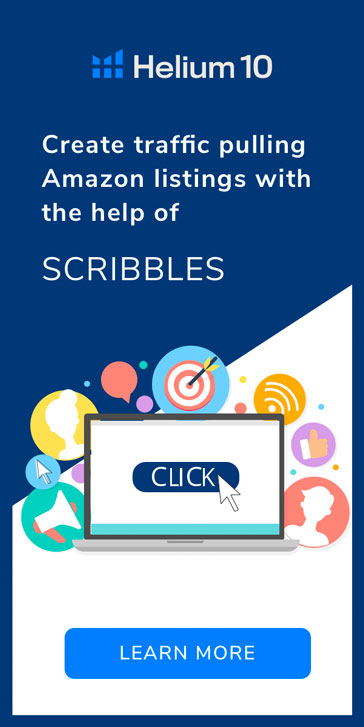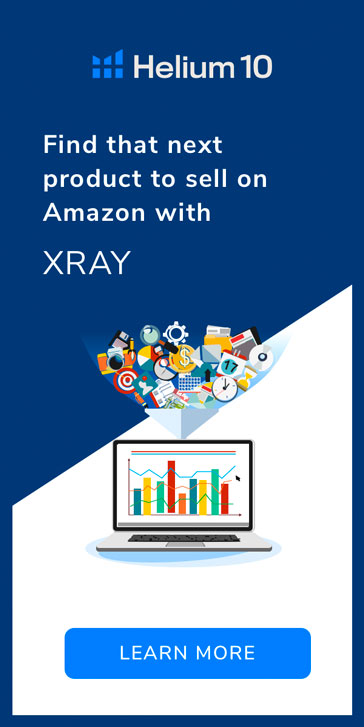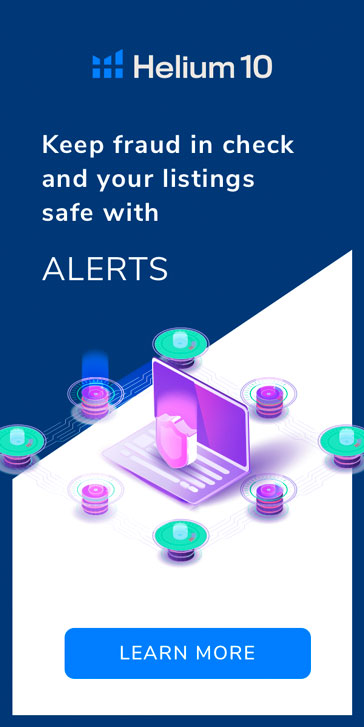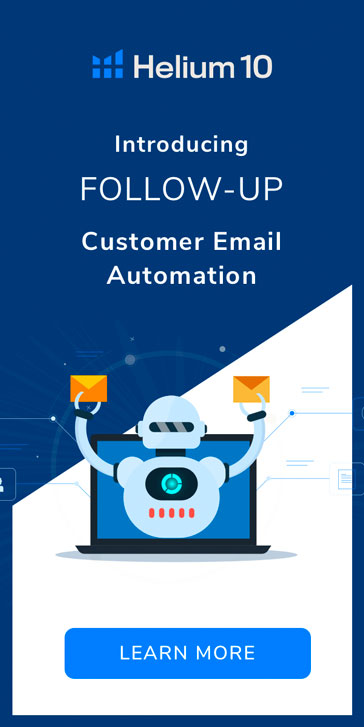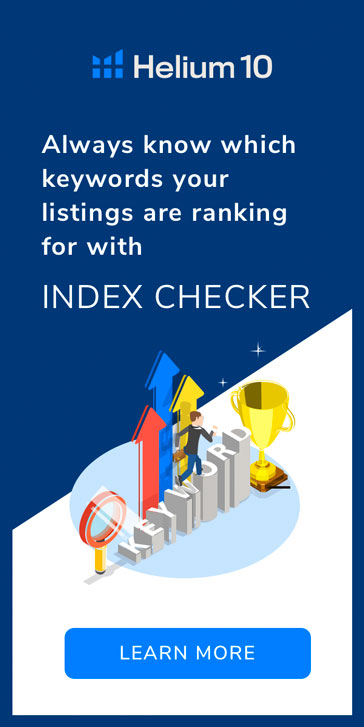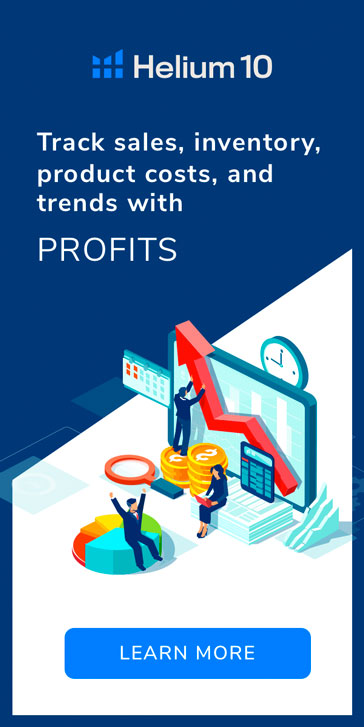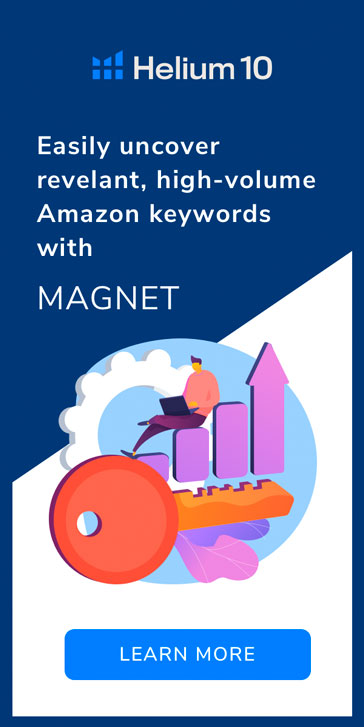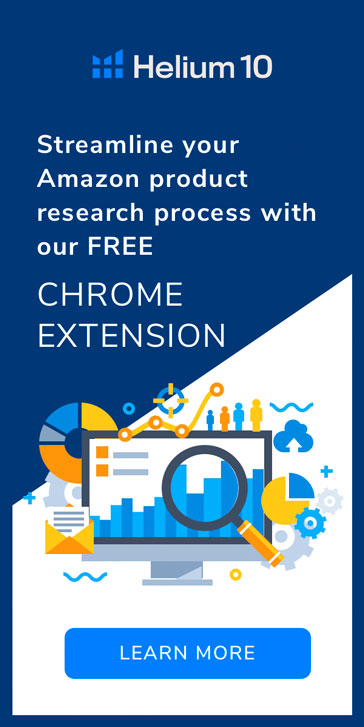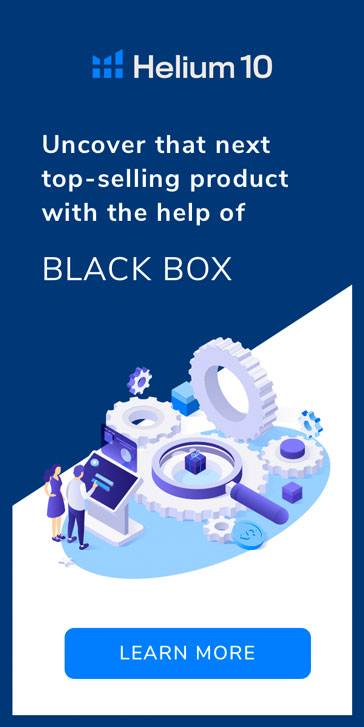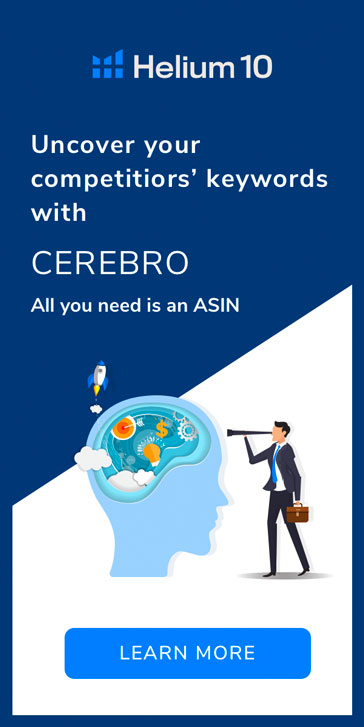So you’re all hyped up and ready to start researching products. Maybe you’ve set up your professional seller account on Amazon, scouted some brand ideas, and skimmed Alibaba.
But how much money do you actually need to get started … successfully?
And then, how much more money do you need to keep the business afloat as you wait for it to grow?
Much like a hobbyist who wants to try their hand at growing a patio garden, the project starts with planting the seeds – but it doesn’t end there. You need more than just seeds, soil, and water.
You need the right climate, the right amount of sun, different kinds of plant food or fertilizer, pest control, pruning and other maintenance, larger pots or garden beds to transfer your plants to should they outgrow their pots …
“Starting and growing a successful Amazon business is a lot like gardening, isn’t it?”
Enough of that cliche analogy, though. Read on to see what else we’ll be covering in Week 3 of Freedom Ticket.
What can you do with $5k?
You need money to make money. But, as you may already know, starting your business is a lot more involved than just buying inventory and throwing it onto Amazon.
In week 3, Kevin King shows you how far $5k will take you, with in-depth analysis of start-up and operational costs year-over-year.
This isn’t just rambling about vague hypotheses over just-as-vague numbers. Week 3’s stats breakdown includes projections that compare different starting capital amounts, different expense models, different sales scenarios, and much more.
You’ll be able to walk away with a crystal clear understanding of how much cash you’ll need on hand to SUCCESSFULLY launch your product. Don’t be one of many failed sellers caught dead in the water because they didn’t do their math homework!
It’s more than just capital
Week 3 won’t just cover how much money you need to get started, though. Even with a significant chunk of change set aside for starting your Amazon business, maintaining your presence as a seller costs money too.
Your business is a bit like a hungry monster (Seymour II from Little Shop of Horrors anyone?); you have to keep feeding it to keep it alive and help it grow.
One of the greatest challenges sellers both new and old face, is successfully managing cashflow.
Vets AND novices need to map their cashflow plan of attack, lest they face business-killing pitfalls like out-of-stock products, over-budgeted ad campaigns, and other cash problems that could have you unwillingly tapping into your personal savings AND leave your rankings and progress plummeting. Keep your expenses lean and your cash where it’s needed.
Week 3 will also delve into the details of costs and fees associated with various aspects of Amazon. Don’t get blindsided by their nickel-and-diming because it does add up. Freedom Ticket will make sure you’re prepared.
How important is branding?

The obvious answer: very.
The not-so-obvious answer: not as much as you might think.
Week 3 delves into the benefits of having a brand, trademarks, and the advantages of getting invited to the hallowed halls of Amazon Brand Registry.
But! Week 3 also tempers expectations about what building a brand can and will do for you on Amazon. Brand building is not a cureall, and to some it may not even be a worthwhile strategy to start with, especially for your first product launch.
There’s a difference between registering a brand and building a true brand with brand recognition. Week 3 discusses what to prioritize and what to save for another day.
The ladder of loyalty
Product marketing is a process: the desired end result is a customer purchasing your product, but how many steps does it take to get there?
Many of you may already be familiar with marketing/sales funnels and loyalty ladders. As an Amazon seller, you have one major advantage over these traditional funnels and ladders: the existing Amazon audience. People on Amazon are there to buy – it’s just a matter of whether they’ll find and buy YOUR product … or someone else’s.
How do you entice them to choose your product? First, you have to put it in front of them so that they even see it.
And assuming they buy, how do you maintain a rapport to get them to come back for more?
These are all facets of the ladder of loyalty concept that Week 3 discusses. We’ll talk about how each “rung” works and how it applies to Amazon.

PPC advertising: a primer
PPC or Pay-Per-Click advertising is Amazon’s in-house advertising and sponsored ads system. Even though it’s “paid,” it’s not optional if you want to succeed in the Amazon Marketplace. Consider it a part of your overall Amazon plan of attack.
PPC will be discussed in-depth throughout the course, but Week 3 will give a primer on how the system works, costs associated with it, how to strategize your ad spend and ad keywords, and more. Expect to gain basic familiarity with PPC so you can build on the fundamentals later on.
Look forward to Week 3!
Remember, this all-in-one Amazon course is INCLUDED with your Helium 10 Platinum, Diamond, or Elite membership! And even though Class 1 members will gain access to Week 3 soon, new members can start from the beginning of the course and learn at their own pace. Existing AND new Platinum, Diamond, and Elite members will have access to all released Freedom Ticket content for the entirety of their active membership.
This content is so fresh that we’re rolling it out week by week so Freedom Ticket students can have a chance to fully consume and understand the material. If you’re currently caught up, sit tight for the next week’s modules!
Want to learn more about Freedom Ticket and Helium 10? Interested in access to the best in Amazon software tools and education?
Original post from How Much Money You ACTUALLY Need to Start an Amazon Business: Freedom Ticket Week 3 – Helium 10












